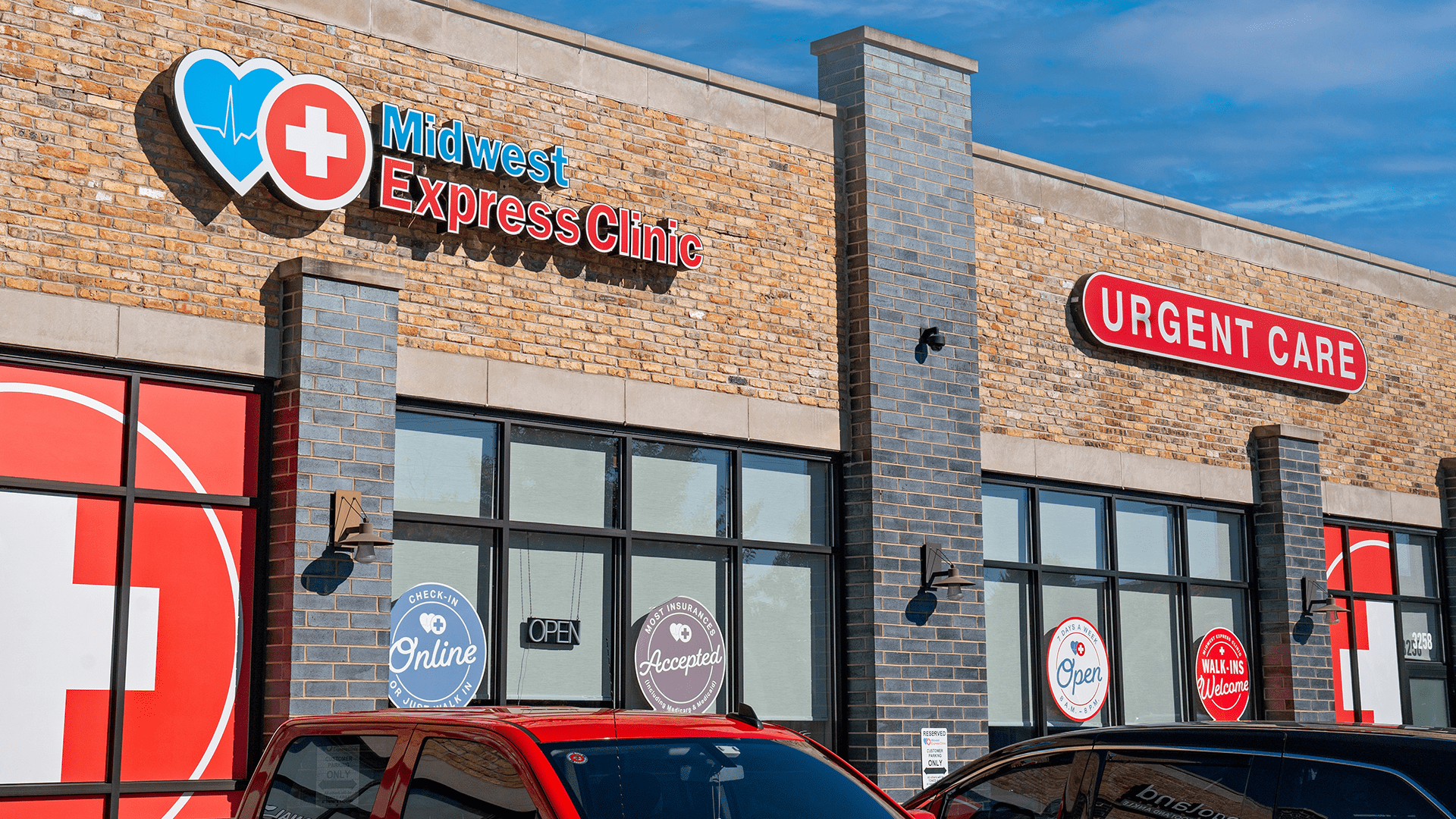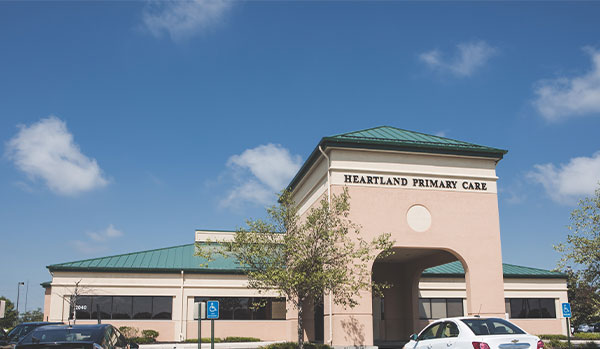The Ultimate Guide to Recognizing Urgent Care Clinics
The Value of Urgent Care Centers in Bridging the Gap Between Main Care and Emergency Providers
Urgent treatment centers have actually arised as an essential element of the medical care landscape, effectively attending to the critical demand for prompt clinical focus without considering emergency solutions. By supplying look after non-life-threatening conditions, these facilities aid to ease the burden on emergency situation rooms and boost patient accessibility to timely therapy. Their prolonged hours and varied solutions satisfy an expanding populace seeking alternatives to conventional medical care. Nonetheless, the developing duty of urgent treatment facilities raises crucial inquiries concerning their assimilation within the broader healthcare system and the implications for client end results and source appropriation.
Summary of Urgent Treatment Centers
Immediate treatment centers have become a crucial element of the healthcare delivery system, offering easily accessible medical solutions for non-life-threatening conditions. These centers commonly run outside typical office hours, offering patients a choice to emergency clinic and primary treatment setups. Clients looking for urgent treatment frequently existing with issues such as minor injuries, infections, or illnesses that need prompt interest but do not present a prompt danger to life or arm or leg.
Urgent care centers are staffed by a variety of health care specialists, consisting of doctors, registered nurse specialists, and doctor aides, who are furnished to detect and treat different clinical concerns. They commonly include diagnostic tools such as X-ray makers and research laboratory solutions, enabling them to provide detailed treatment on-site.
The facility of immediate care centers has been affected by the enhancing demand for timely medical solutions in a hectic culture, where individuals might struggle to secure appointments with medical care suppliers. Therefore, these facilities intend to reduce congestion in emergency departments, enhancing general health care efficiency. Furthermore, urgent treatment centers frequently serve as a bridge between key care and emergency solutions, ensuring that clients get ideal treatment tailored to their particular clinical needs.

Benefits of Urgent Treatment Solutions
Accessing prompt healthcare is a considerable benefit of urgent care services. These centers supply immediate interest for non-life-threatening problems, properly minimizing delay times contrasted to traditional emergency divisions. Individuals seeking take care of minor injuries, diseases, or urgent health and wellness concerns can acquire therapy without the long delays usually related to healthcare facility gos to.
One more trick benefit is the prolonged hours of operation. Several urgent care centers are open nights and weekends, suiting people that might not be able to see their health care copyright during basic workplace hours. This flexibility makes urgent treatment an available alternative for those with busy routines or abrupt wellness issues.
Additionally, urgent care centers usually supply a wide variety of solutions, including analysis testing, X-rays, and basic research laboratory solutions. This comprehensive strategy enables fast medical diagnosis and therapy, enhancing patient fulfillment.
In addition, urgent care centers are typically much more cost-efficient than emergency situation spaces, making them an eye-catching alternative for people without insurance policy or those with high-deductible strategies. On the whole, urgent treatment services play an important role in providing accessible, timely, and economical healthcare.
Comparison With Medical Care
Generally, patients typically weigh their choices in between immediate care facilities and health care providers when looking for medical focus. Both offer necessary roles in the medical care system, yet they differ substantially in scope, cost, and accessibility.
Main treatment carriers are generally the very first factor of call for people, concentrating on lasting health monitoring, preventive care, and chronic condition management. They provide continuity of care, promoting a patient-provider relationship that allows for comprehensive health assessments and customized therapy plans. Nonetheless, arranging a visit can be lengthy, usually requiring days or weeks ahead of time.
In contrast, immediate treatment facilities give prompt look after non-life-threatening conditions that need prompt focus, such as minor injuries or infections. These facilities typically operate outside of traditional office hours, accommodating patients that might not have the ability to see their health care company throughout routine business times. In addition, urgent care is usually extra cost-effective than emergency clinic check outs, making it an enticing alternative for those with minimal medical care gain access to.
Inevitably, while immediate care facilities and medical care providers both add to person wellness, they satisfy distinct requirements, making it important for clients to determine which alternative best straightens with their conditions.
Emergency Providers Interaction
The communication in between urgent care facilities and emergency services is a crucial aspect of the health care landscape, particularly when people deal with scenarios that may rise in seriousness. Urgent treatment facilities act as a bridge in between medical care and emergency situation departments, dealing with non-life-threatening problems that require prompt attention. This cooperation enhances patient results and enhances source allotment within the healthcare system.
When people present with not life-threatening however immediate problems, immediate care centers can effectively handle their requirements, easing congestion view publisher site in emergency situation rooms. When a person's condition exceeds the scope of urgent care treatment, Facilities outfitted with analysis capabilities can facilitate timely references to emergency situation more solutions. This seamless communication aids make certain that individuals get the appropriate degree of treatment without unneeded hold-ups.
Additionally, reliable interaction in between urgent treatment providers and emergency situation solutions is critical. Sharing patient information and treatment histories cultivates collaborated care, reducing the risk of repetitive tests and procedures. As healthcare remains to progress, the vibrant connection between immediate treatment facilities and emergency situation services will play a crucial role in improving person treatment efficiency, contentment, and general health and wellness end results within the area.
Future of Urgent Treatment Facilities
As medical care demands advance, the future of urgent treatment facilities is positioned to end up being significantly important to the general medical ecological community (Urgent Care). These centers are most likely to broaden their duties by incorporating sophisticated innovations, such as telemedicine, expert system, and electronic wellness record combination. This will certainly enhance patient gain access to and streamline care sychronisation between immediate care, medical care, and emergency situation services
Moreover, urgent treatment centers are expected to expand their service offerings to include precautionary care and persistent illness administration. This change will certainly position them as crucial components in managing population health and wellness, reducing the worry on emergency situation departments, and dealing with gaps in health care schedule.
The growing pattern of value-based care will better speed up the transformation of urgent care centers, triggering them to concentrate on person results and contentment. Facilities may also take on joint method designs, working closely with specialists and health care service providers to make sure thorough individual monitoring.
Final Thought
In conclusion, urgent care facilities serve an essential function in the healthcare system by giving instant accessibility to therapy for non-life-threatening conditions, properly relieving pressure on emergency situation solutions. Their prolonged hours and varied series of solutions enhance client ease and contentment, while also guaranteeing suitable treatment delivery. As health care needs proceed to advance, the function of immediate care centers will likely end up being increasingly considerable, more linking the gap between medical care and emergency solutions.
The facility of immediate treatment centers has actually been affected by the raising need for prompt medical services in a hectic society, where clients might struggle to protect visits with primary care read here providers. Furthermore, urgent treatment facilities usually serve as a bridge between main treatment and emergency situation solutions, making certain that individuals obtain proper treatment tailored to their details clinical demands.
Many urgent care centers are open nights and weekend breaks, suiting clients who may not be able to visit their main care supplier throughout basic office hours (Urgent Care). As healthcare continues to develop, the dynamic relationship in between immediate treatment facilities and emergency situation services will play an essential function in enhancing client care effectiveness, contentment, and total wellness outcomes within the community
